Sound-on-disc is a class of sound film processes using a phonograph or other disc to record or play back sound in sync with a motion picture. Early sound-on-disc systems used a mechanical interlock with the movie projector, while more recent systems use timecode.

The Biograph Company, also known as the American Mutoscope and Biograph Company, was a motion picture company founded in 1895 and active until 1916. It was the first company in the United States devoted entirely to film production and exhibition, and for two decades was one of the most prolific, releasing over 3000 short films and 12 feature films. During the height of silent film as a medium, Biograph was the most prominent U.S. film studio and one of the most respected and influential studios worldwide, only rivaled by Germany's UFA, Sweden's Svensk Filmindustri and France's Pathé. The company was home to pioneering director D. W. Griffith and such actors as Mary Pickford, Lillian Gish, and Lionel Barrymore.

Frederick Tyrone Edmond Power Sr. was an English-born American stage and screen actor, known professionally as Tyrone Power. He is now usually referred to as Tyrone Power Sr. to differentiate him from his son, actor Tyrone Power. He was thrice widowed.

Mae Marsh was an American film actress whose career spanned over 50 years.
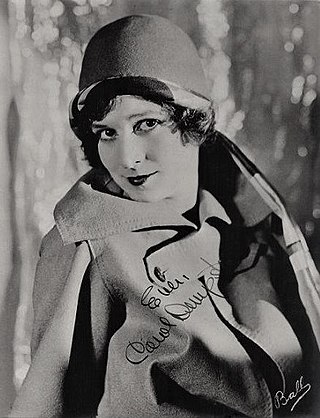
Carol Dempster was an American film actress of the silent film era. She appeared in films from 1916 to 1926, working with D. W. Griffith extensively.
Photo-Kinema was a sound-on-disc system for motion pictures invented by Orlando Kellum.
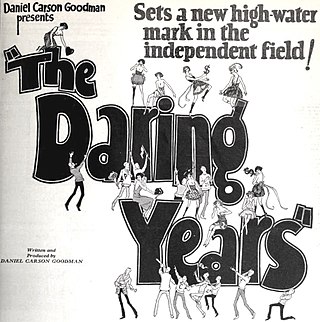
The Daring Years is 1923 American silent melodrama film directed by Kenneth Webb and produced by Daniel Carson Goodman. The film starred Mildred Harris, Clara Bow, Charles Emmett Mack, and Tyrone Power Sr.
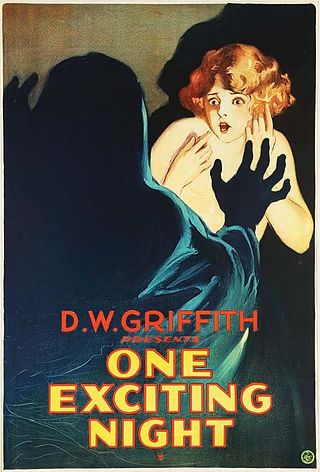
One Exciting Night is a 1922 American Gothic silent mystery film directed by D. W. Griffith.
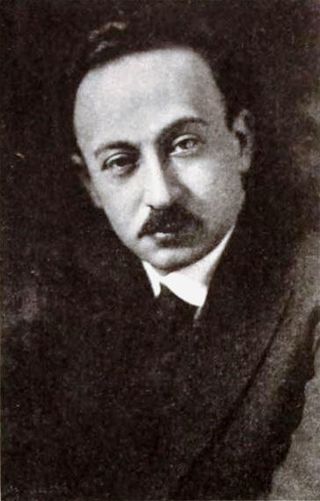
Hugo Riesenfeld was an Austrian-American composer. As a film director, he began to write his own orchestral compositions for silent films in 1917, and co-created modern production techniques where film scoring serves an integral part of the action. Riesenfeld composed about 100 film scores in his career.

The Day of Faith is a 1923 American silent drama film directed by Tod Browning starring Eleanor Boardman, Tyrone Power, Sr., and Raymond Griffith.

Charles Emmett Mack, was an American film actor during the silent film era. He appeared in seventeen films between 1916 and 1927.
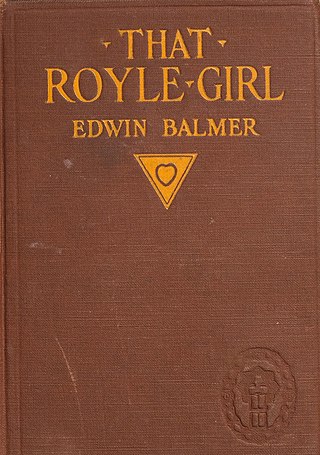
That Royle Girl is a 1925 American silent comedy film directed by D. W. Griffith and released by Paramount Pictures. The film was based on the novel of the same name by Edwin Balmer, and starred Carol Dempster, W. C. Fields and Harrison Ford. It is now considered lost.

America, also called Love and Sacrifice, is a 1924 American silent historical war romance film. It describes the heroic story of the events during the American Revolutionary War, in which filmmaker D. W. Griffith created a film adaptation of Robert W. Chambers' 1905 novel The Reckoning. The plot mainly centers itself on the Northern theatre of the war in New York, with romance spliced into the individual movie scenes.
In the Name of the Law is a 1922 American silent melodrama directed by Emory Johnson. FBO released the film in August 1922. The film's "All-Star" cast included Ralph Lewis, Johnnie Walker, and Claire McDowell. The cast also included Johnson and his wife, Ella Hall. Emilie Johnson, Johnson's mother, wrote both the story and screenplay. In The Name of the Law was the first picture in Johnson's eight-picture contract with FBO.

Main Street is a 1923 American silent drama film based on the 1920 novel of the same name by Sinclair Lewis. It was produced and distributed by Warner Bros. and directed by Harry Beaumont. A Broadway play version of the novel was produced in 1921. It was the first film to be released after the foundation of Warner Bros. Pictures on April 4, 1923.

Scarlet Days is a 1919 American silent Western film produced and directed by D. W. Griffith and released through Paramount/Artcraft Pictures, Artcraft being an affiliate of Paramount. Richard Barthelmess stars in a role for which Griffith had screentested Rudolph Valentino. In today's time, this film is considered by many to be one of Griffith's worst films though it might have worked better as a short film. This film was unlike others created by D.W. Griffith. According to an article written for The Cincinnati Enquirer, written on the 16 of November 1919: "Unlike other recent Griffith production, Scarlet Days is a story of the old West, of the gold rush days of 49- Bret Harte transferred to the screen!" The Western film genre was expanding at this time and Scarlet Days fits into this category. Western films were popular for this time.

The Girl Who Stayed at Home is a 1919 American silent drama film produced and directed by D. W. Griffith and released by Paramount Pictures. Prints of the film exist.

The Unknown Soldier is a 1926 American silent drama film directed by Renaud Hoffman, written by Richard Schayer and James J. Tynan, and starring Charles Emmett Mack, Marguerite De La Motte, Henry B. Walthall, Claire McDowell, and George Cooper. It was released on May 30, 1926, by Producers Distributing Corporation.

Mary Ellen Comes to Town is a 1920 American silent comedy film directed by Elmer Clifton and written by Wells Hastings and Helen G. Smith. The film stars Dorothy Gish, Kate Bruce, Ralph Graves, Adolph Lestina, Charles K. Gerrard, and Raymond Cannon. The film was released on March 21, 1920, by Paramount Pictures. It is not known whether the film currently survives.
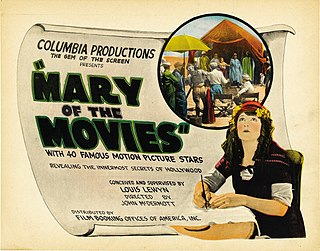
Mary of the Movies is a 1923 American silent semi-autobiographical comedy film based on the career of Marion Mack. It was written by Mack and her husband Louis Lewyn, and stars Mack and Creighton Hale. Hale and director John McDermott play fictionalized versions of themselves in the film, which was also directed by McDermott.

















